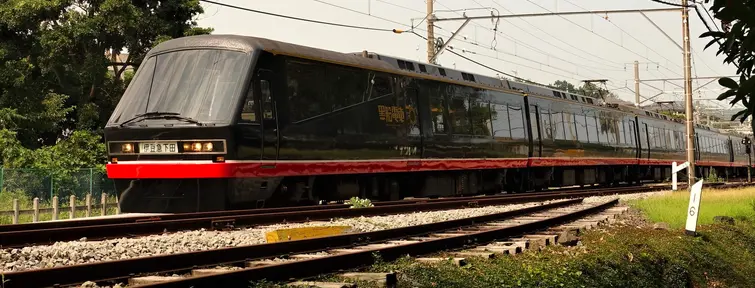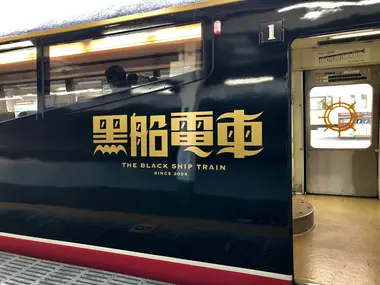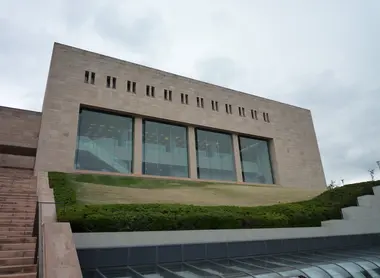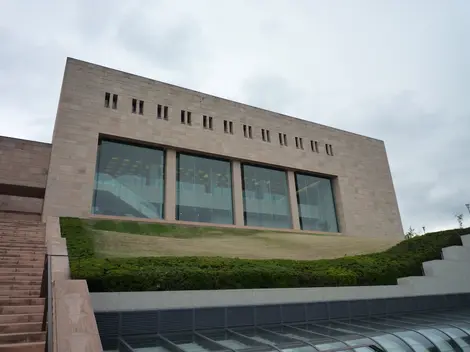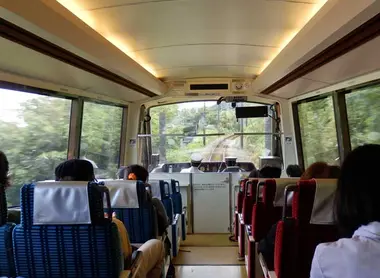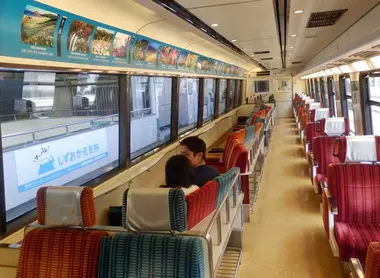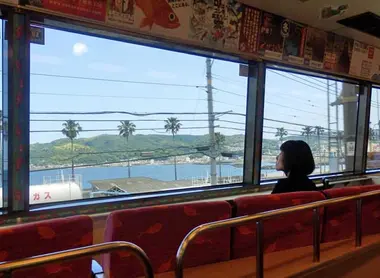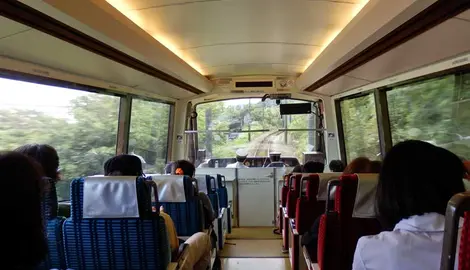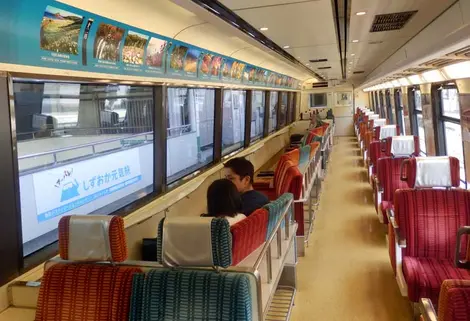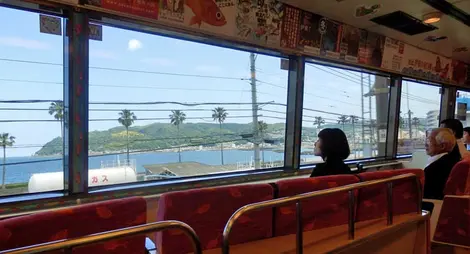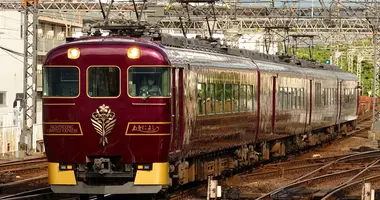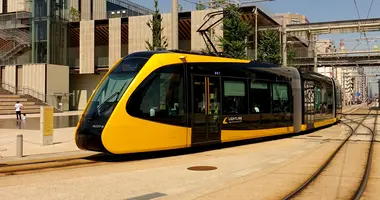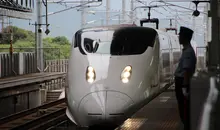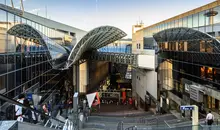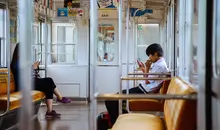The Resort 21 Kurofune Train
- Published on : 15/02/2023
- by : Joshua
- Youtube
From Atami to Shimoda
The Resort 21 Kurofune or Black Ship Train is a special train that takes you to the Izu region. Between the beautiful scenery of the sea and the history it conveys, this train is an unforgettable experience for everyone who takes it.
The "Black Ship Train", or "Kurofune" in Japanese, is the train of the black ship, as the exterior echoes the color of Commodore Perry's warships, which forced Japan out of its isolationism in 1853. Stationed in Tokyo Bay, the fleet of black ships then docked at Shimoda, where this train operated by the private company Izukyuko runs.
The "Kurofune" is a train that recalls this episode in the history of modern Japan, with a related interior design. It's worth noting that one of the very first gifts from the Americans was a steam locomotive with a few carriages, which greatly impressed the Japanese people of the time.
The Izukyuko line is magnificent, between the Pacific Ocean and the mountains. In the Kurofune, the seats face the landscape, so you're in the blue of the ocean or the green of the mountains. The train starts at Atami, a station on the Tokaido Shinkansen, or JR local from Nagoya or Tokyo, connecting the rail regions. You must reserve your seat on board (600yen) and pay a supplemental fee (1690yen).
The Kurofune train won the prestigious "Blue Ribbon" railway design award in 1986, for its elegance, comfort, and quality of service. The "Royal Box," or high-comfort lounge, offers superior quality (booking at 2700yen) for an even more pleasant journey, where even the ceiling lights up with stars as you pass through a tunnel!
The Kurofune train makes three round trips a day between Atami and Izukyu-Shimoda, but timetables vary from day to day and between the summer period and weekends throughout the year, so check the Izukyuko website for details.
https://www.izukyu.co.jp.e.qj.hp.transer.com/resort21/
The Kurofune alternates with the Resort 21 "Kinme", which is all red, for more travel possibilities across this beautiful Izu peninsula.
Black Ship Train
Though the Kinme and the Kurofune / Black Ship Train are largely identical in their offerings of panoramic views, the Kurofune is the more interesting train because of its design and its rich history-themed interior.
In operation since 2004, the Kurofune train celebrates the 150th anniversary of Commodore Perry's second visit to Japan in 1854 which resulted in the opening of two Japanese ports to foreign ships. One of those ports was Shimoda, the destination of the train.
During the Edo Period (1603-1868), Japan was largely closed to the outside world with exception of Dejima in Nagasaki. In 1853, American Commodore Matthew Perry arrived with a fleet of black steam frigates at the mouth of Tokyo Bay and demanded the opening of Japanese ports for foreign trade.
On Perry's second visit to Japan in 1854, the convention of Kanagawa was signed between the U.S. and Japan. This resulted not only in the opening of the treaty ports but also played a large part in the downfall of the Tokugawa government and the creation of modern Japan during the subsequent Meiji Restoration.
The black ships Perry used for his foray are known as Kurofune in Japan. Hence the name of the train.
